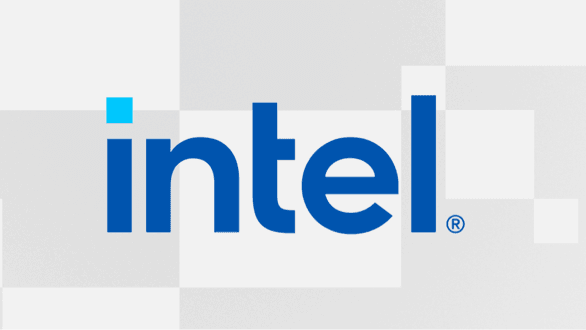Solution: use the newest version.
------------------
Got a new Dell Vostro desktop. Dell offers Rapid Storage driver & app. What's the difference?
When I installed the driver, it walked me through a nice GUI.
-> Before installing Windows 11, I extracted these files to a FAT32 flash drive as the Win 11 setup required files from it in order to see the solid state drive. Chose Flash Drive > Rapid > 15063 > Drivers > RAID (because RAID is enabled in BIOS - only using 1 drive).
When I installed the app, the terminal popped up and said "installing app." Had to press a key to make it finish.
Hope this doesn't cause any issues.
Intel Rapid Storage Technology Application
Intel-Rapid-Storage-Technology-Application_MC2YM_WIN64_18.1.1011.0_A12_02.EXE
This package contains the Intel Rapid Storage Technology application. Intel Rapid Storage Technology is an application that enhances the performance and reliability of Windows-based systems with storage devices.
Intel Rapid Storage Technology Driver
Intel-Rapid-Storage-Technology-Driver_YN5GD_WIN64_18.1.2.1034_A02_02.EXE
This package contains the driver and application for the Intel Rapid Storage Technology. The Intel Rapid Storage Technology is an application that enhances the performance and reliability of Windows-based systems with storage devices.
Drivers page: https://www.dell.com/support/home/e...g/0-UnJZaENpNEF0OWR3dnJHT0ozTzBrZz090/drivers
Edit: skip both and go with the latest drivers direct from Intel, which are at 18.6.xxxx

 www.intel.com
www.intel.com
Edit 2: cannot extract these files and use them to see the drive.
------------------
Got a new Dell Vostro desktop. Dell offers Rapid Storage driver & app. What's the difference?
When I installed the driver, it walked me through a nice GUI.
-> Before installing Windows 11, I extracted these files to a FAT32 flash drive as the Win 11 setup required files from it in order to see the solid state drive. Chose Flash Drive > Rapid > 15063 > Drivers > RAID (because RAID is enabled in BIOS - only using 1 drive).
When I installed the app, the terminal popped up and said "installing app." Had to press a key to make it finish.
Hope this doesn't cause any issues.
Intel Rapid Storage Technology Application
Intel-Rapid-Storage-Technology-Application_MC2YM_WIN64_18.1.1011.0_A12_02.EXE
This package contains the Intel Rapid Storage Technology application. Intel Rapid Storage Technology is an application that enhances the performance and reliability of Windows-based systems with storage devices.
Intel Rapid Storage Technology Driver
Intel-Rapid-Storage-Technology-Driver_YN5GD_WIN64_18.1.2.1034_A02_02.EXE
This package contains the driver and application for the Intel Rapid Storage Technology. The Intel Rapid Storage Technology is an application that enhances the performance and reliability of Windows-based systems with storage devices.
Drivers page: https://www.dell.com/support/home/e...g/0-UnJZaENpNEF0OWR3dnJHT0ozTzBrZz090/drivers
Edit: skip both and go with the latest drivers direct from Intel, which are at 18.6.xxxx

Intel® Rapid Storage Technology Driver Installation Software with Intel® Optane™ Memory (10th and 11th Gen Platforms)
The Intel® Rapid Storage Technology (Intel® RST) Driver (18.7.6.1010.3) supports the configuration and enabling of multiple features.
Edit 2: cannot extract these files and use them to see the drive.
Last edited:
